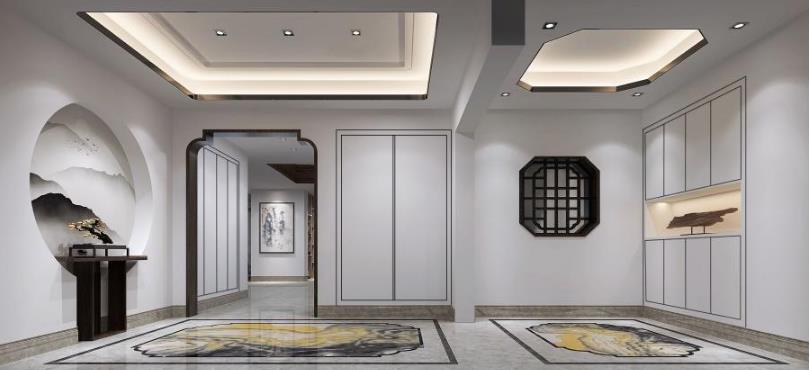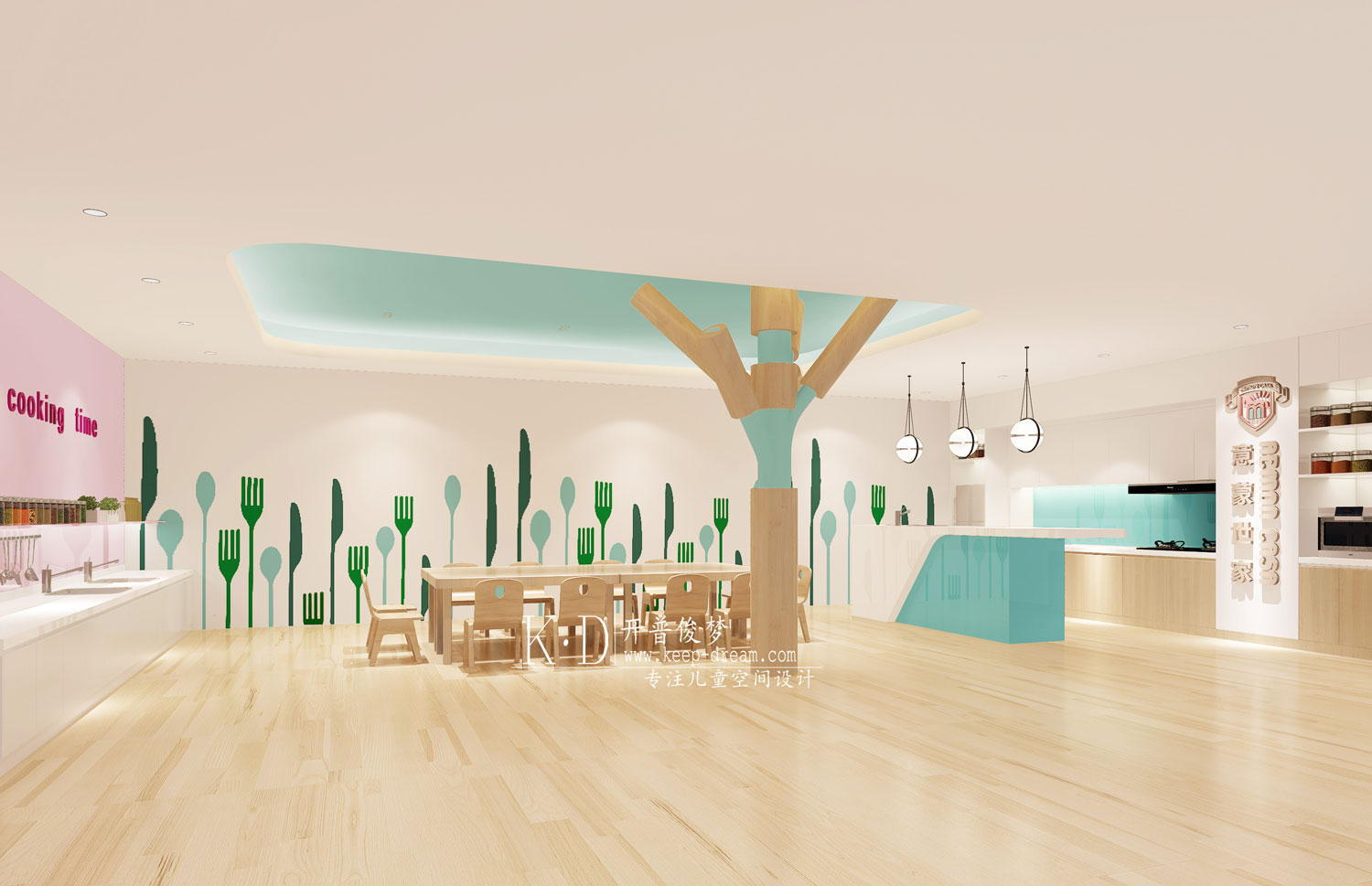Rüthi Schneider Türtscher
2017-05-31 04:00
架构师提供的文本描述。在瑞士莱茵河流域,一座由两栋带有连接走廊的房屋组成的组合镶嵌在历史上的一个农业村庄的边缘。该项目的核心思想是基于城市空隙。两个平行的公寓楼,一个门廊和一个以前的农舍,创造了一个清晰的庭院。
Text description provided by the architects. An ensemble of two houses with a connecting portico is embedded on the edge of a historically agricultural, today heterogeneously cultivated village in the Rhine Valley of Switzerland. The core idea of the project is based on the urban void. Two parallel set apartment buildings, a portico and a former farmhouse create a clearly composed courtyard.
两院可以容纳多达三个不同的单位,因为一个层次式的结构,允许一个简单和可变的平面图。他们允许不同的生活或工作方式。像主干道一样,实心混凝土芯用实心木把楼梯和主入口连接起来。这一核心容纳了所有的服务房间和功能,作为一个储存-在木材结构的中心。
Both houses can host up to three different units because of a hierarchically formulated structure which allows a simple and variable floor plan. They allow different ways of living or working. Like a backbone, a solid in-situ concrete core connects the staircase and the main entrance with a solid loggia. This core hosts all serving rooms and functions as a storage-mass in the centre of a timber structure.
从庭院的水平,在一个混凝土平台上,预制木材正面被建造和正式处理,作为一个多层长袍。它形成建筑物的自主表面。
Raised from the courtyard level, on a concrete plinth, the prefabricated timber facade is constructed and also formally treated, as a multilayered gown. It forms the autonomous surface of the buildings.
该系综的外观特征在于它对不同材料和表面的复合处理,以及结构和形式上的矛盾性。相对于当地木材“韦兰达”的表现形式,一种几乎独立的现浇混凝土结构构成了面向西面的主要立面,横置于两卷的主要排列线上,这一开放式结构标志着合奏的结束,也代表了节奏感的穿孔,接近于工业意义上的窑洞墙。基于简单的手段,如水平板和柱子,通过它的反构造标志,标志着私人空间和公共空间之间的边界,Loggia表现出一种图像质量。作为这种结构的对应物,东侧的门廊定义了庭院的立面。它将两座房屋连接起来,并提供了一个隐蔽的空间。
The outside appearance of the ensemble is characterised by its composite treatment of different materials and surfaces, as well as a contradictory nature in structure and form. Against the expression of the local timber „Veranda“, an almost independent in-situ concrete-structure forms the main facade facing west towards the district road. Set transversely to the main alignment of the two volumes, the open structure indicates the end of the ensemble but also of the rhythmical perforated, nearly industrial expression of the eave-walls. Based on simple means, like horizontal slabs and pillars, the loggia expresses a pictorial quality through its anti-tectonic indications that mark the border between the private and public space. As a counterpart to this structure, the portico on the east side defines a facade to the courtyard. It connects the two houses physically and provides a sheltered space.
为了重新解释主要建筑的各种原材料和直接使用的材料之间的关系,使用了油漆和颜料。从字面上看,这些处理方法既薄又经济,实现了一种结构上的,而不仅仅是技术上的方法,而不失去下面表面的触觉性。
To reinterpret relationships between the various raw and directly used materials of the main construction, paint and pigment are used. Literally thin and economical in means, these treatments implement an architectonical, not merely technical approach, without losing the haptic qualities of the surface below
 举报
举报
别默默的看了,快登录帮我评论一下吧!:)
注册
登录
更多评论
相关文章
-

描边风设计中,最容易犯的8种问题分析
2018年走过了四分之一,LOGO设计趋势也清晰了LOGO设计
-

描边风设计中,最容易犯的8种问题分析
2018年走过了四分之一,LOGO设计趋势也清晰了LOGO设计
-

描边风设计中,最容易犯的8种问题分析
2018年走过了四分之一,LOGO设计趋势也清晰了LOGO设计


















































































